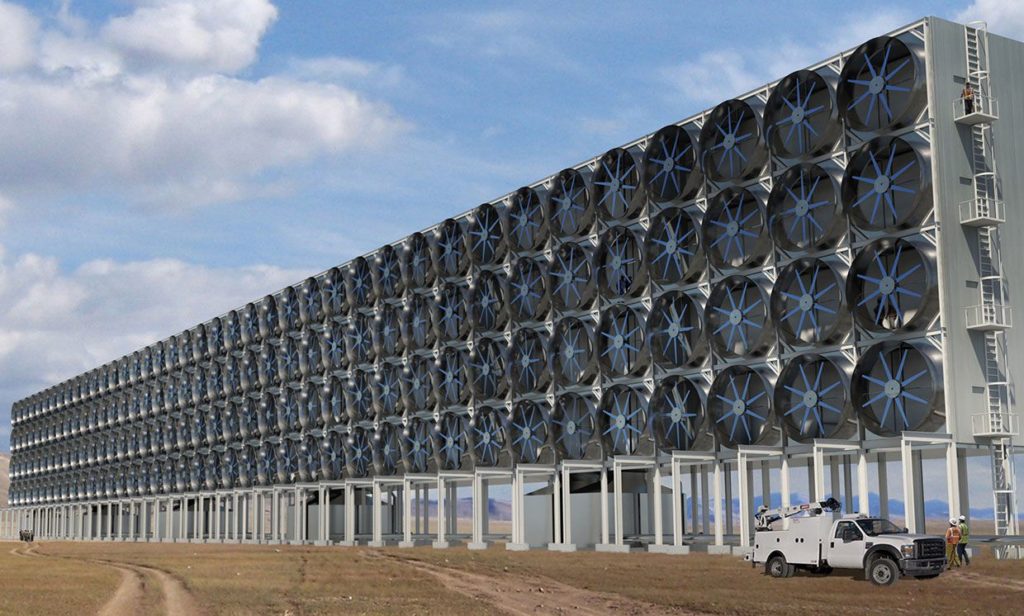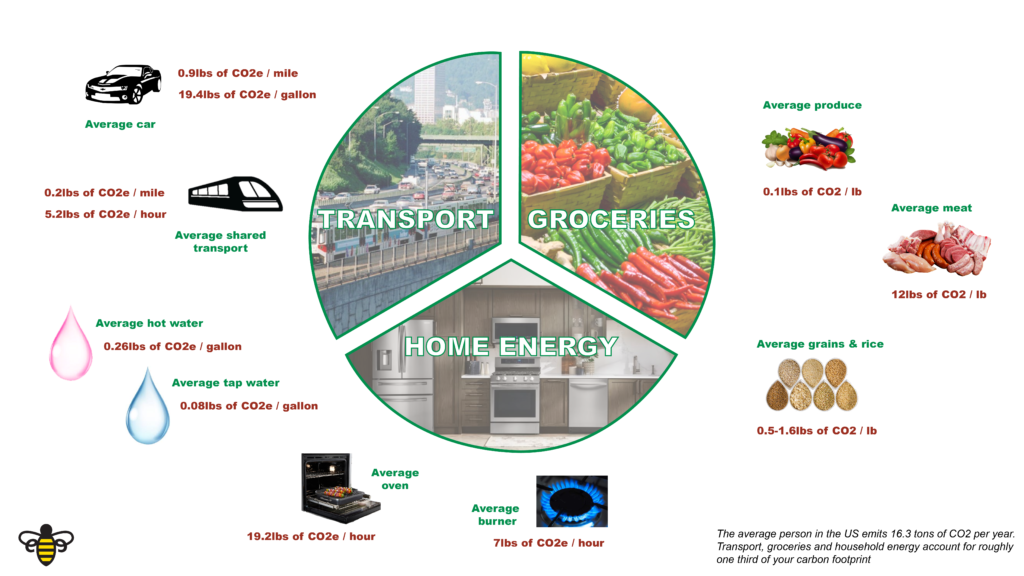One of the most confusing things about sustainability is that it’s not always clear how sustainable choices can actually be solutions. We can understand that our CO2 emissions can have devastating effects on our planet, but by what degree? Skipping that plastic straw is great for the environment, but comparatively, consuming an 8oz steak is responsible for emitting over 3000 times more CO2 into the atmosphere. Yet food is essential for our bodies to live, while a straw can be considered a luxury.
What should your carbon footprint be?
Talking about a “sustainable carbon footprint” is a very confusing subject for most people. Scientists often don’t agree on the exact values that are quoted. But all of them agree humans must lower their carbon footprints to prevent catastrophe. You may have heard us quote a sustainable limit of 2.2 metric tonnes per year. This value is what we believe everyone should live at in order to prevent global warming. That limit for anthropogenic activities will balance the equation so that all of our carbon emissions are sequestered by our planet’s resources.
As we mentioned, there are a few different numbers being used (2 – 3.5te), but honestly, any value you hear from the scientific community is valid because in the US we need to reduce our emissions significantly by a factor of seven. If everything in your life was required to be reduced by a factor of seven, you might find it hard to cope i.e. power to your home for only three and a half hours a day, food quantities reduced, and driving your car only one day a week. But don’t despair, not all emissions from your daily activities are created equal.
So, how do scientists actually work out what our limit should be? By modelling the total amount of GHG in our atmosphere for the future. Why do they model the total amount? GHG’s stay in our atmosphere for centuries, if not millennia, and the damage of these emissions will be catastrophic over a single human lifetime.

Why do we have a variation of the sustainable limit calculated from different sources?
There are no current regulations, nationally or globally, that define our boundary conditions for such calculations. The closest we have is the IPCC, the Intergovernmental Panel on Climate Change.
You’ve no doubt heard the politicians sprout that, “Even the Scientists can’t agree!” and wondered why. Let’s dive directly into the problem. Scientists all agree that climate change will have devastating effects on our planet unless global warming can be limited to 1.5C or less. They all agree that GHGs are responsible for climate change. So why do the limits vary? Well, there is no current policy to fix our crisis so these scientists are guessing what governments and policy makers will do in the future to prevent climate change. So, the response to the politician that tells you scientists don’t agree is, “That is because you have zero policy outlining any prevention and they have to guess what you will do in the future.” Another factor that attributes variation in different methodologies is the broad range of per capita emissions. The higher ones take into consideration that a large portion of our global population are living well below the sustainable limit. We do not consider this an option as developing nations will increase their emissions as they catch up to other nations. We (in developed nations) shouldn’t be using the unused emission surplus of another nation, even if they are not using it, but especially without their permission.
So, what are some of the assumptions Climate Scientists have to make?
Declining rate of harmful GHG emissions for every country in the world. It makes sense that as technology improves, our understanding of harmful emissions will foster innovative solutions that reduce them. Governments should begin regulation of GHG emissions, but the timeline and degree of those regulations are an estimate.

Future rates of deforestation. We know that losing our carbon sequesters and sinks reduces the effectiveness of the global carbon cycle. Some countries are ahead of others in preserving and restoring these vital sequesters, so predicting the direction of global politics is trickier than a tightrope walk. All countries need to reduce deforestation and ocean acidification. All countries need to improve their infrastructure to meet the demand of their growing populations. Developed countries must incorporate the developing nations in their plans for improvement, whether through financial aid, shared technologies, or education.

Future scalability of carbon capture technology. There have been huge gains in technology that can remove harmful GHG’s from the air. Currently, they are expensive and require large energy resources. The rate that these technologies become viable and adapted into our daily lives will have an enormous impact on how quickly we can reach a sustainable limit.

How do you keep your daily emissions to a sustainable limit?
Firstly, understand that living sustainably is a skill, and just like improving any other skill it will take practice. Don’t be discouraged and remember your ultimate goal. Secondly, you will need to understand what emissions your activities produce and keep a tally. And finally, work out the best way to reduce the emissions for yourself. Whether that is removing the activity or substituting / finding alternatives. What works best for you is a personal choice.
To help you start, here is a breakdown of current emissions, and the emissions of a few activities:

This article was originally posted on swrm.
meghan partridge & ben gilkes
Meghan Partridge, Content Manager, swrm and Ben Gilkes, Founder, swrm